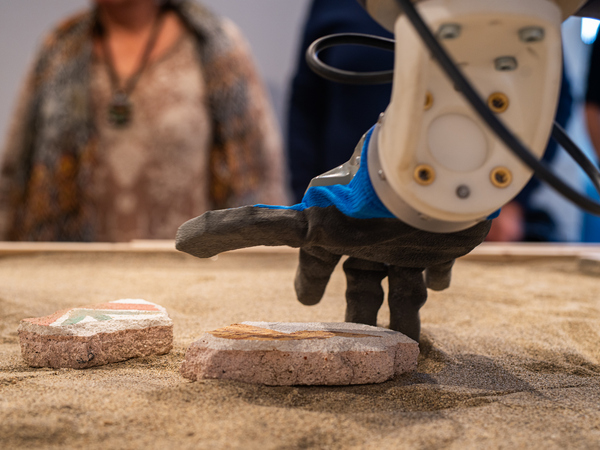Transforming winemaking waste into resources using microalgae: Ca’ Foscari's innovation for a more sustainable wine industry

Transforming winery waste and residues into valuable resources? Research at Ca’ Foscari University continues to explore this possibility. Thanks to a technology developed by Cristina Cavinato and Paolina Scarponi from the Department of Environmental Sciences, Informatics and Statistics, it will soon be possible to recover value from the lees generated during the winemaking process, converting them into energy and biomass. The patent, already registered in the United States and Europe, is set to provide wine producers with tangible economic and environmental benefits.
From waste to value: a circular economy model
Today, wineries must handle waste products such as lees, wastewater, and sludge — all of which involve high disposal costs and environmental challenges. The newly patented technology combines anaerobic digestion with microalgae cultivation, transforming these residues into valuable resources. The process yields two key outputs:
- Microalgae biomass, which can be used in biostimulants, animal feed and biofertilisers.
- Biogas, a renewable energy source that wineries can use to reduce their own energy consumption.
How does the process work?
The patented system operates as a closed-loop cycle, maximising resource recovery and reuse:
- Waste collection: Wine lees and sludge from wastewater treatment are fed into an anaerobic digester.
- Biogas production: Organic matter is broken down, generating biogas that can meet part of the winery’s energy demand and support the biological process itself.
- Microalgae cultivation: The liquid residue from anaerobic digestion, rich in macro- and micronutrients, is used as a growth medium for microalgae — particularly Chlorella vulgaris, a species known for its high CO₂ absorption capacity and rapid growth rate.
- Recovery and reuse: The algal biomass becomes a raw material for eco-sustainable products, while the treated water can help reduce the winery’s overall water consumption.
Tangible benefits for businesses and the environment
This innovation offers immediate advantages for wineries: reduced waste disposal costs, on-site renewable energy generation, lowered environmental impact through decreased CO₂ emissions and water consumption, and new market opportunities through the sale of biomass for sustainable biostimulants and feed.
From lab to market: the role of Cheers2Life
To transition this technology from laboratory testing to industrial application, the patent has been licensed to Cheers2Life, a Ca’ Foscari spinoff led by Professor Elisa Moretti. The company is developing modular prototypes that can be adapted to various production environments.
To support this transition, Cheers2Life has funded a PhD scholarship dedicated to further developing the technology, strengthening the connection between research and industry.
The patenting and technology transfer process is overseen by PInK – Promoting Innovation and Knowledge, Ca’ Foscari’s office dedicated to supporting research valorisation and investment in innovation.
“Thanks to this technology, the wine sector could adopt a truly circular model with zero waste — a system that not only addresses the issue of residues but also creates new opportunities for both businesses and the environment,” says Cristina Cavinato, who shared her views on the challenges and opportunities ahead.
What are the main challenges to overcome before this technology can be widely adopted in the wine industry?
“The proposed technology relies on integrating two distinct biological processes, each with specific operational requirements and parameters. The primary challenge is scaling the integrated system from the laboratory to the pilot stage, aiming to optimise operating conditions to keep the process stable, repeatable, and resilient over time. To achieve this, it is essential to deploy advanced monitoring and automation systems fitted with sensors that can detect real-time changes in the chemical and physical properties of the digestate. These systems must be capable of dynamically adjusting the feeding of photobioreactors to minimise the impact of substrate variability and maintain consistent efficiency in microalgae growth.”
How could microalgae biomass evolve into new sustainable products beyond those already planned?
“Considering the intended uses of this technology, our research concentrates on extracting biostimulants from microalgae to boost crop resistance to abiotic stress — that is, stress caused by non-living environmental factors like temperature and drought — and to naturally and sustainably enhance productivity. However, the use of sludge derived from winery wastewater treatment in the integrated cultivation process introduces biosafety limitations, which can restrict how the resulting products are used. In particular, the biomass is more suitable for sectors with fewer regulatory constraints, such as biofuels, biofertilisers, biopesticides, bioplastics, and, more generally, raw materials for industry.”
Could other agri-food sectors also benefit from this technology?
“All supply chains that need to manage waste sustainably and wish to turn it into a resource could implement this technological solution. The anaerobic digestion and microalgae-based system can serve as a replicable and adaptable model for other sectors such as dairy, cereal processing, and fruit and vegetable production.”










